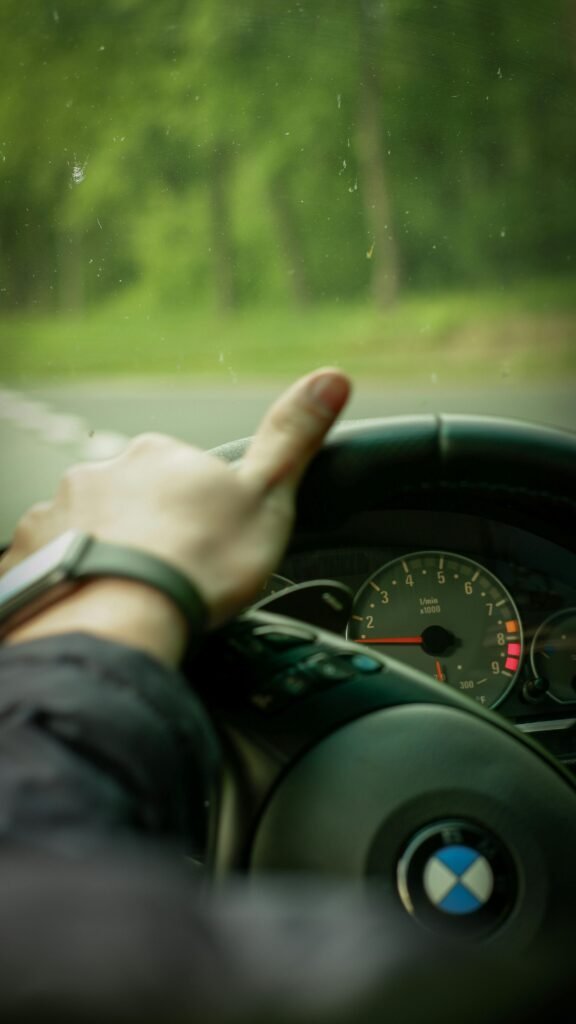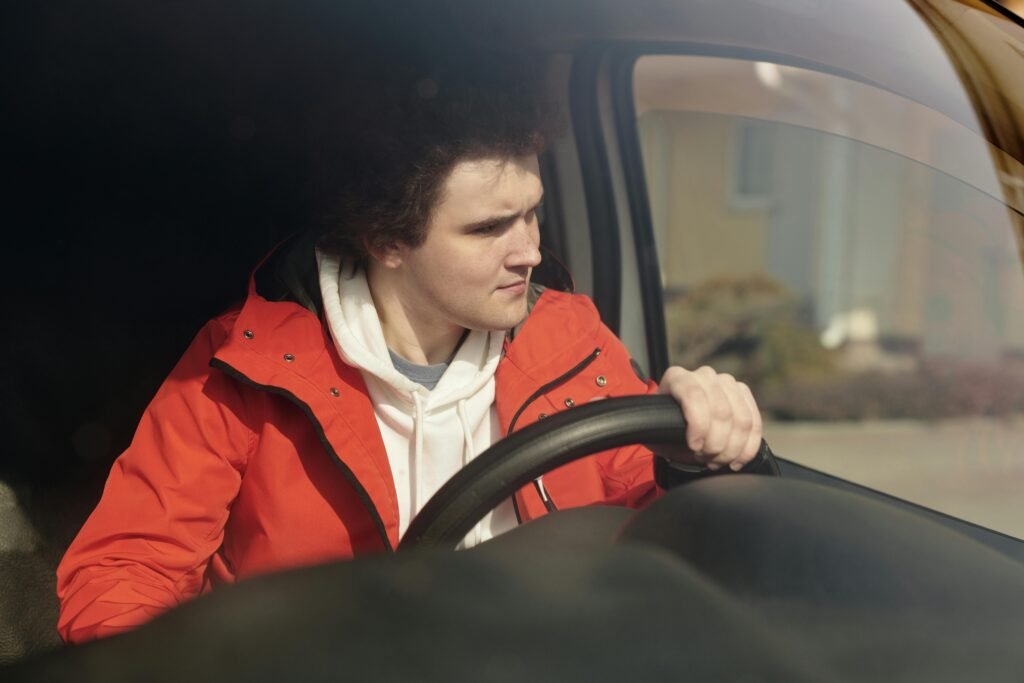How to Operate Cruise Control for a Smoother Drive
There’s nothing quite like cruising down the highway with the windows down, a country song playing, and the world just stretching out in front of you.
I always set the cruise control, kick back, and let the car do its thing. No need to constantly speed up or slow down, just smooth.
With cruise control on, I can just enjoy the ride, like the road and I are in sync.
We should probably go through the basics first.

The Controls
There are a few controls for cruise control that are universal across the majority of cars. You will always have a cruise control on/off button. This is like the master control that lets you turn the entire system on or off if you don’t want it to be active.
You’ll then have a resume button and a set button. Usually, they’re combined with the plus and minus functions. All cars will also have a cancel button, which just lets you stop the cruise control without turning the whole system off.
Some cruise control systems may look different from mine. You might have a stalk on the back of the wheel, or you might have a toggle switch instead of separate buttons.
Every car is different, but the fundamentals are the same, and they operate in the same way.
Let’s give you some actual real-world examples of how to use cruise control.
Using Cruise Control
Once cruise control is on, you can use either the plus or minus buttons to set your speed.
I can speed up to 70 mph and hit either of those buttons.
I can now take my foot off the accelerator, and the car’s going to continue at 70 mph until I do one of a few things.
I can hit the cancel button, press the brake, or in manual cars, I think you can also press the clutch.
Some cars might be different, but in every car, no matter what, you can press the brake to stop it.
Now from here, you can still do a few more things. If you want to increase your speed, you have two ways to do that. You can press the plus button and increase in 1 mph increments. Just press it twice, and now the speed turns into 72 mph.
A lot of people on the motorway think 72 mph is a nice, comfortable speed. Let’s go back to 70 mph.
You can also override the cruise control without turning it off. So, if you just put your foot on the accelerator and accelerate—say, for example, you wanted to overtake somebody—you get up to 75 mph, and then you want to resume cruising at 70 mph.
All you do is press the accelerator, the car will accelerate, and when you let off the accelerator, the car will naturally slow down until it gets to 70 mph, at which point the cruise control will resume. There we go, 70 mph.
There are also a few ways to slow down. What you can do, and what most people do, is press the brake, which will turn off the cruise control. Then, you can press the resume button, which will take you right back up to the speed you had set.
Now, if there’s a speed limit change or some situation where you need the speed to change, you can press the set button rather than the resume button, and whatever speed you’re at, the car will continue at.
At any time, say, for example, there’s a slow car in front of you and you can’t overtake, you can press the cancel button, and that will stop the cruise control.
To make the most out of cruise control, what you want to do is plan ahead so that you can drive smoothly.
I’m going to make these lane changes and all these overtakes and maneuvers, ideally without turning off the cruise.
Once you start using cruise control, you’ll start to notice all these people who, on a downhill, will accelerate up to 74 mph, and on an uphill, will lose speed down to 66 mph, and their speed is just all over the place. You really notice that when you use cruise control.
Once you get used to cruise control, you find any excuse to use it.
You’re coming up to a 40 mph limit, and you don’t want to maintain your speed manually, so you just get up to 40 mph and hit cruise.
To be honest, I’m just going to cruise again. I’m going to use the speed controls to keep pace with the car in front of me.
How fast do we think he’s going? I think it’s about 42 mph, and we’re coming up to a 50 mph limit, so I’m just going to hold the button down.
It goes up in 5 mph increments and just lets the cruise control accelerate me to 50 mph.
It just makes driving so easy, even in this country-town-type driving.
Some places, you just can’t use cruise control because there are speed bumps everywhere.
Now we come back to the faster stuff. When accelerating up to 40 mph, hit the cruise button, and let the car maintain our speed while going downhill. Sometimes you’ll go a little faster than 40 mph because there’s just not enough engine braking.
You can downshift to help with this. When you come up to a 50 mph sign, just hold the button, it goes up in 5 mph increments, and it accelerates to the speed limit easily.
I mean, even on twisty stuff like this, as long as there’s enough space and no traffic, you can just let cruise hold you at the speed limit. I mean, you could do it with your right foot, but this is just so nice, comfortable, and easy.
Cruise Control Benefit
Why would you use cruise control?
Well, there are a number of reasons that really benefit you. It allows the whole road system to work much more efficiently.
Maintaining a constant speed of 70 mph means that you’re more predictable to those around you.
You’re easier to navigate around if someone wants to overtake you, and easier to follow at a safe distance if someone is behind you.
It just makes the entire road system smoother and more efficient.
Some people say that cruise control can affect their concentration, and they feel like if they’ve got it on, they’re not concentrating as much.
I actually think the opposite. I believe it increases your concentration because it frees up mental bandwidth for other tasks.
If you don’t have to focus on maintaining your speed at 70 mph, since the car is doing it for you, you have more time to plan ahead, look further ahead, observe what’s going on around and behind you, decide on your next turn, assess the road conditions, and notice where the road curves.
All of these things become easier to focus on when you have one less thing to worry about.
So, it can make your driving safer.
And then there’s the big one—fuel economy.
Some people say they can beat cruise control when it comes to fuel efficiency. And maybe, if you’ve got the most gentle right foot of all mankind, you can.
I think this was more common with older cars. But realistically, in modern cars—anything from 2010 and up—cruise control does a fantastic job.
It accelerates correctly up hills and lifts off appropriately going downhill.
If you wanted to get really neurotic about driving, you might be able to beat cruise control.
But for everyday driving and getting where you need to go, cruise control will deliver better fuel economy the vast majority of the time.


